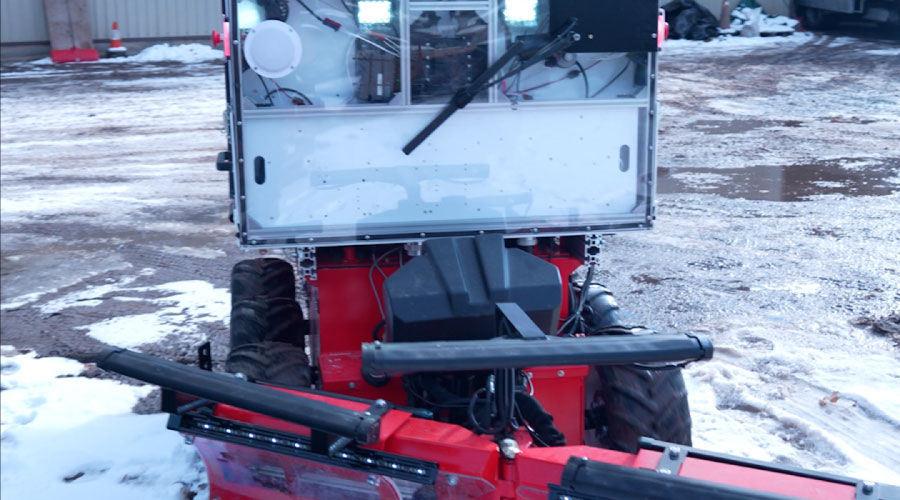Specifying Mowers with Manufacturers as Partners
Grounds managers with institutional and commercial facilities have an ever-growing range of options to consider when specifying riding mowers. From stand-behind units and seated models to riding tractors and utility vehicles equipped with mowing decks, manufacturers offer an array of alternatives for managers to consider.
The process becomes more complex when managers consider factors such as fuel options, riding comfort, turf considerations and sustainability. Working closely with the mower manufacturer can help managers make a smart equipment decision that delivers all of the intended benefits to the department.
"Engaging a manufacturer, or the manufacturer's dealer, in a conversation specific to the facility's needs will allow the opportunity for the manager to be paired with the right piece of equipment," says Gent Simmons of the Husqvarna Group. "The many different makes and models all have their purpose, and there's a perfect one specifically for your needs.
"Additionally, manufacturers can assist in training staff and provide useful research tools, whether that is online reviews, product marketing materials, or testimonials that can help end-users make an informed decision on a purchase."
Developing A Strategy
Establishing a long-term acquisition strategy is a good first step for managers as part of a mower-purchasing program, says Kevin Conry of The Toro Co.
He adds that the key components of such a program are: replacement schedules for existing equipment; a multi-year capital equipment budget; an operational spending budget framework for parts, maintenance, fuel, labor, and financing; approved financing methods; outsourcing considerations; and an established plan for storage, transport, and protection of equipment. Knowledge of regulations, such as local ordinances and U.S. Environmental Protection Agency emission standards are also critical in the decision-making process.
"Managers tend to overlook long-term acquisition strategy and understanding of operational costs for equipment based on maintenance schedule and productivity analysis," Conry says. "And during the site assessment, they fail to investigate alternative ways to complete the tasks."
Mowers are one of the most costly investments managers must make, so it is not a decision to take lightly.
"How much money do they have to spend, and how many people can they do it with?" asks Nick Minas of John Deere. "That will always be the limiting factor. Maintenance budgets are getting constricted across the board. That will always be the big dog in terms of what's the limiting factor.
"If you only have two people and 50 acres, that's really going to affect the kind of machine you're going to use. But if you have 50 people to maintain one acre, it changes your dynamic."
While budget considerations obviously play a significant role in a mower-purchasing program, managers must consider other factors beyond the bottom line.
"The budget plays a large role in what equipment managers are able to purchase," says Brent Dobson of Grasshopper Co. "In today's market, managers are making great strides in sustainable equipment, and in most fleet operations, training is key to a well-running grounds department. So it's really a connection of all three elements coming together in the purchase of new equipment."
Related Topics:














